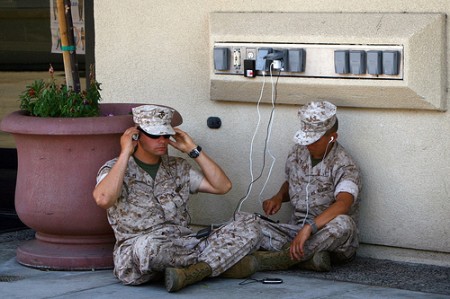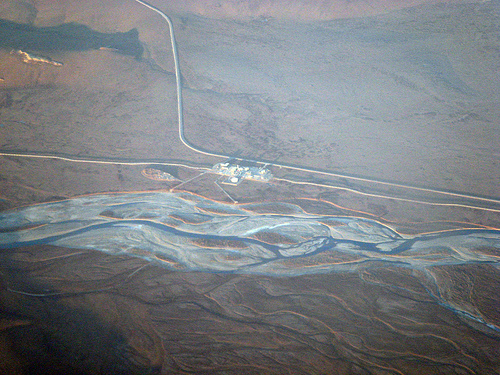
I didn’t take it seriously when in 2007 foreign minister Taro Aso launched the International Manga Award. The media ridiculed Aso for not being able to read Japanese properly, which some said was due to him preferring cartoons to books. And indeed Aso liked to portray himself as a manga otaku, a freak.
I thus saw nothing else in the Ministry of Foreign Affairs’ initiative to actively use pop culture in public diplomacy than the minister’s personal obsession.
Even though it had never interested me much, I knew that many young people were attracted to Japan because of its manga and anime culture. But creating the post of an Anime Ambassador and filling it with Doraemon, the popular comic cat, didn’t seem like serious foreign policy to me.
However, recently, a couple of impressions have changed my mind. First, there was the article in Le monde diplomatique‘s Atlas. In “Japan’s innocent faces” Namihei Odaira argues that the government’s efforts in promoting anime and manga abroad have contributed to Japan being perceived favorably in the yearly BBC global attitudes survey.
He also mentions how the trucks of the Japanese Self-Defense Forces in Iraq were painted with the image of Captain Tsubasa, another popular anime figure. The trucks were never attacked, which is attributed to Captain Tsubasas positive influence.




